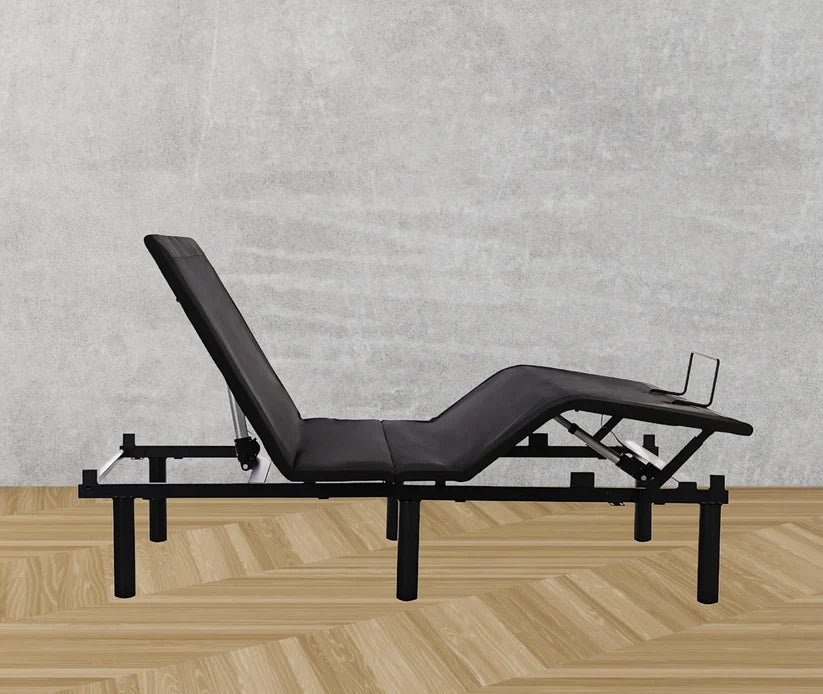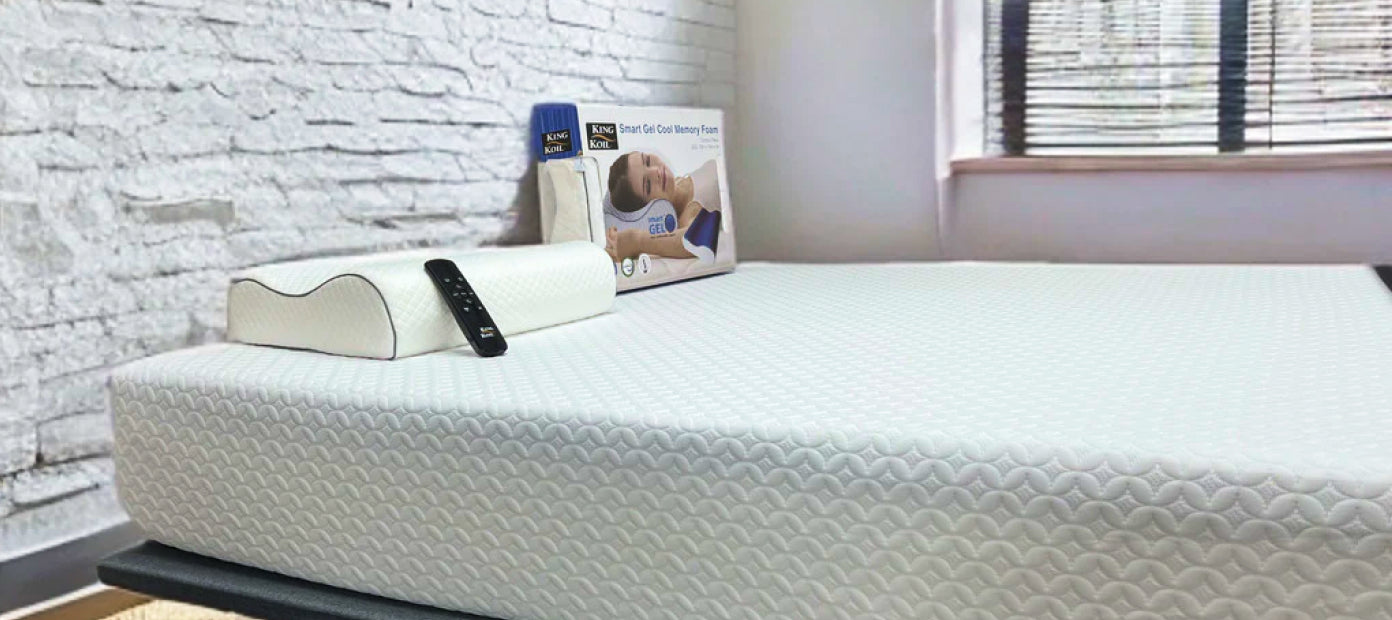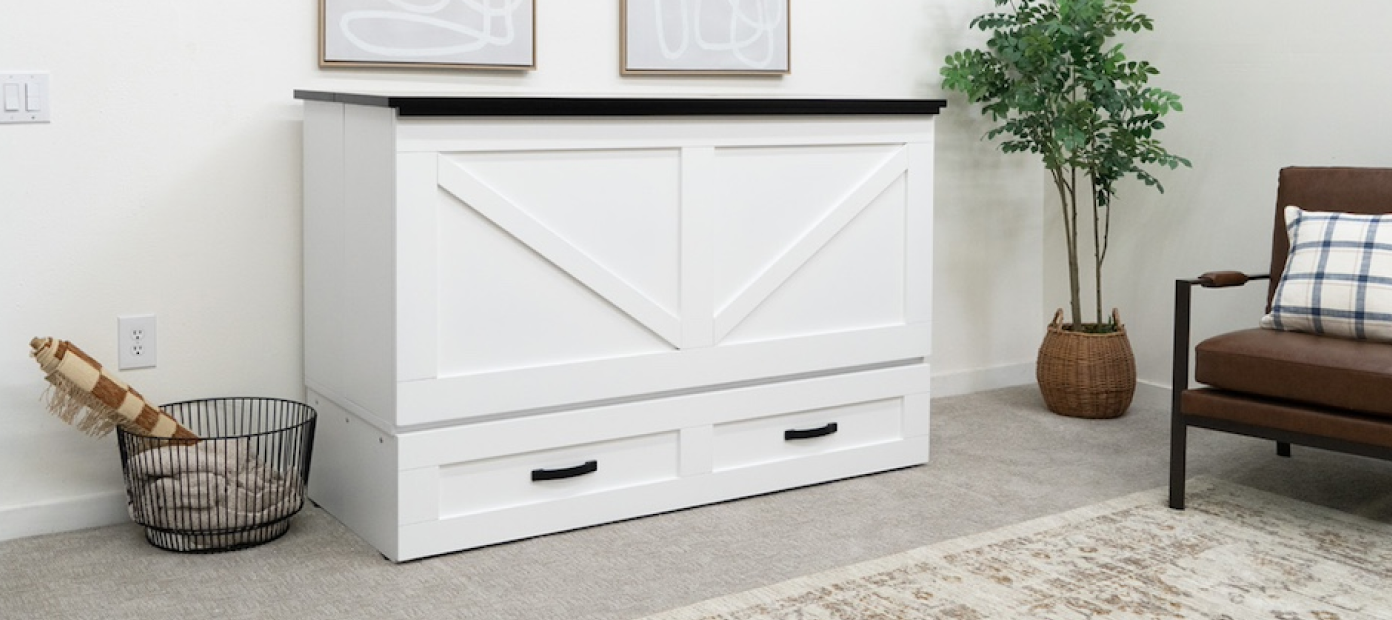When it comes to optimizing our sleep experience, we often consider various accessories to enhance the comfort and longevity of our mattresses. Two common options are mattress toppers and mattress protectors. While they may sound similar, these products serve different purposes and offer distinct benefits.

In this blog, we will explore the differences between mattress toppers and mattress protectors, helping you make an informed decision about which one suits your needs best.
Mattress Toppers:

A mattress topper is an additional layer of padding that sits on top of your mattress. Typically made from materials such as memory foam, latex, feathers, or down, mattress toppers are designed to provide extra comfort and support. They can transform an uncomfortable mattress into a more plush and cozy sleeping surface.
Benefits of Mattress Toppers:
-
Enhanced Comfort: One of the primary reasons people opt for mattress toppers is to improve comfort. Toppers can add extra cushioning and alleviate pressure points, making your sleep surface softer and more supportive.
-
Temperature Regulation: Some mattress toppers are infused with cooling materials or have breathable properties. These features can help regulate body temperature and prevent overheating during sleep.
-
Mattress Protection: While not their primary purpose, mattress toppers can also provide a certain degree of protection to your mattress by acting as a barrier against spills, stains, and general wear and tear.
Things to Consider:
-
Height and Fit: Mattress toppers can add extra height to your bed, which may be a concern if you already have a tall mattress or a low-profile bed frame. Additionally, ensure that the topper you choose fits securely on your mattress to prevent it from shifting during the night.
-
Personal Preference: The choice of mattress topper material depends on your personal preferences. Each material has its own unique feel and properties, so consider factors like firmness, breathability, and hypoallergenic qualities when selecting the right one for you.
Mattress Protectors:

A mattress protector, on the other hand, is a thin covering that encases your mattress to safeguard it from spills, stains, dust mites, allergens, and bed bugs. Typically made of waterproof or water-resistant materials, mattress protectors create a protective barrier between you and your mattress.
Benefits of Mattress Protectors:
-
Stain and Spill Resistance: Mattress protectors are designed to shield your mattress from liquid spills, sweat, and accidents. This feature is particularly useful for those with children or pets, as it helps prevent stains and damage.
-
Allergen Protection: Dust mites, bed bugs, and other allergens can accumulate in mattresses over time. Mattress protectors act as a barrier, reducing the exposure to these irritants and promoting a cleaner sleeping environment.
-
Hygiene and Durability: By preventing spills, sweat, and debris from reaching the mattress surface, protectors contribute to the overall hygiene and longevity of your mattress.
Things to Consider:
-
Breathability: Some mattress protectors may compromise airflow and heat dissipation, potentially affecting your sleeping temperature and comfort. Look for protectors that offer breathability without sacrificing protection.
-
Noise and Feel: Certain mattress protectors may produce a crinkling sound when you move on the bed. Additionally, the texture of the protector may alter the feel of your mattress slightly. Consider these factors if you are sensitive to noise or concerned about changes in comfort.
Conclusion:
Both mattress toppers and mattress protectors serve important roles in enhancing your sleep experience, but they cater to different needs. If you're primarily seeking added comfort and support, a mattress topper can be an excellent choice. On the other hand, if your primary goal is to protect your






Leave a Comment
Your email address will not be published. Required fields are marked * Comments must be approved before they are published.